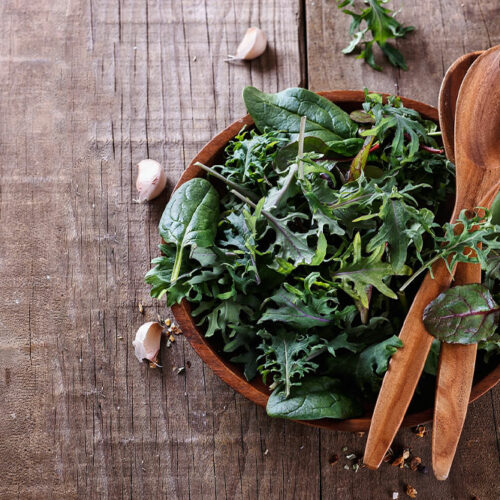Essential foods that can help fight asthma

Asthma refers to a common breathing condition where the airways narrow and swell, making breathing difficult, triggering symptoms such as coughing, wheezing, and shortness of breath. Many individuals manage this condition with the help of medications and other treatments. But, many also try to keep their signs and symptoms at bay by eating certain foods and following a strict meal plan. In this article, we discuss a few foods that fight, relieve, and control asthma. Foods with high vitamin D When it comes to fighting asthma, foods with vitamin D can be a strong ally. Studies have shown that low levels of vitamin D in the body are associated with an increase in the risk of developing asthma in both adults and children. Studies have also shown that adequate amounts of vitamin D can help reduce the risk of severe asthma episodes. Apart from strengthening bones, vitamin D is also known to support lung function and reduce the risk of upper respiratory infections, such as cold and flu. You can get your required amount of vitamin D from the sun or from your food. Foods that have high amounts of vitamin D include fatty fish, such as salmon and tuna; mushrooms; cheese; and egg yolks.






